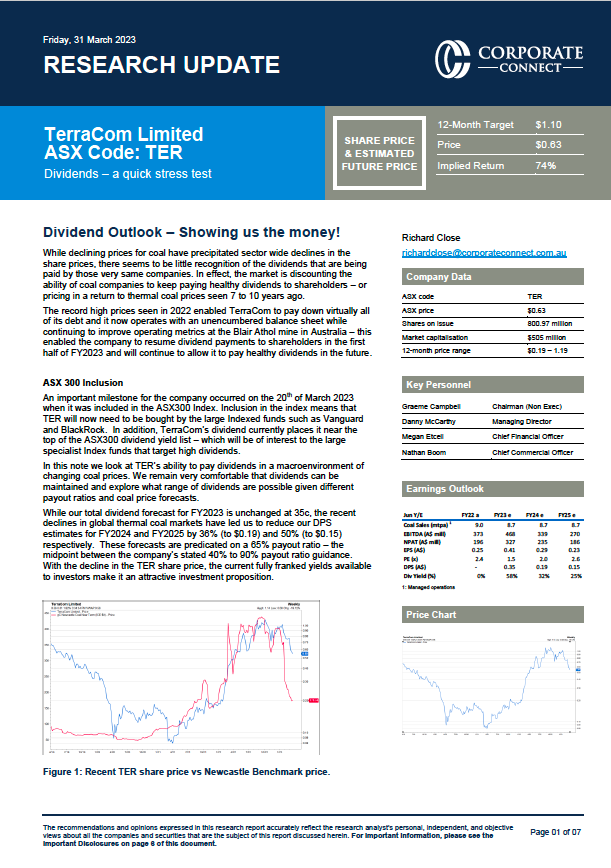by Spencer Rance
The year 2020 began with the US stock market at an all-time high and many investors suspecting that US shares were too expensive.
Within weeks, though, everything would change.
The emergence of Covid-19 in Asia was largely ignored by US equities in January and February. But in March, as the global scale of the pandemic became apparent, a series of steep falls erased more than a third of the value of the S&P500. Not for long.
As the chart below shows, the following months brought about an astonishing rebound, pushing the US’s tech-heavy index back to January highs and then far beyond. In August 2020 – one of the best Augusts in US stock market history – the value of Apple rose above $2 trillion, just one of many records smashed in an extraordinary year.
During the period coronavirus cases in the US grew explosively, then tailed off from mid-July through August, only to start climbing again as a second wave of infections took hold into September.
Covid-19 and the response to the pandemic has hobbled some industries and caused others to prosper.
Market volatility has been a constant. In the weeks ahead of 3 November polling day, we have seen market turbulence caused by fears of renewed lockdowns, by disappointment over apparent failures in vaccine development – and notably by the diagnosis of President Trump’s own Covid-19 infection on 3 October.

- 1 January
US markets open year at all-time high: S&P500 at 3,245
- 21 January
Centre for Disease Control and Prevention confirms first US Covid-19 case
- February
US recorded cases of Covid-19 remain below 100
- 8 March
Saudi Arabia sparks an oil price war as Moscow refuses to lower oil prices as the Covid-19 slump emerges
- 9 March
US markets fall 8%, as anxiety about pandemic intensifies
- 11 March
World Health Organisation declares the Covid-19 outbreak a pandemic
- 12 March
US markets fall further 10%
- 13 March
US bans flights from Europe
- 16 March
US markets fall further 13%
- 23 March
US markets bottom with the S&P500 at 2,191 (33% down on the start of the year)
- 27 March
The $2 trillion US fiscal stimulus package is passed
- 1 April
US recorded cases of Covid-19 exceed 1 million during April
- 20 April
US oil prices turn negative as storage costs exceed market value
- 4 June
European Central Bank announces a further €600 billion stimulus, bringing total Covid response to €1.35 trillion
- 11 June
Markets fall 7% as fears of a second wave take hold
- July
US second quarter GDP falls by annualised 32.9%
- August
August sees US stocks rise almost 7% – the best August performance since the 1980s
- 20 August
The market capitalisation of Apple exceeds $2 trillion
- 2 September
Stock market peaks: S&P500 reaches 3,588 – some 64% higher than its March trough
- 3 October
President Trump tests positive for Covid-19
Tech has led the charge
The big contributors to US equities’ resurgent performance in 2020 have been the tech giants.
By the end of September, the S&P500 had returned over 5%. Subtract the contribution of the “FAMAGs” – that’s Facebook, Amazon, Apple, Microsoft and Alphabet (Google’s parent company) and the index ended September 3% lower than at the start of the year.
Election year 2020: shaping up to be another year in which US equities outperform other regions
Past performance is not a guide to future performance and may not be repeated. Source: Refinitiv Datastream, MSCI and Schroders. Data to 30 September 2020 in US dollars. Europe = Europe ex UK.













